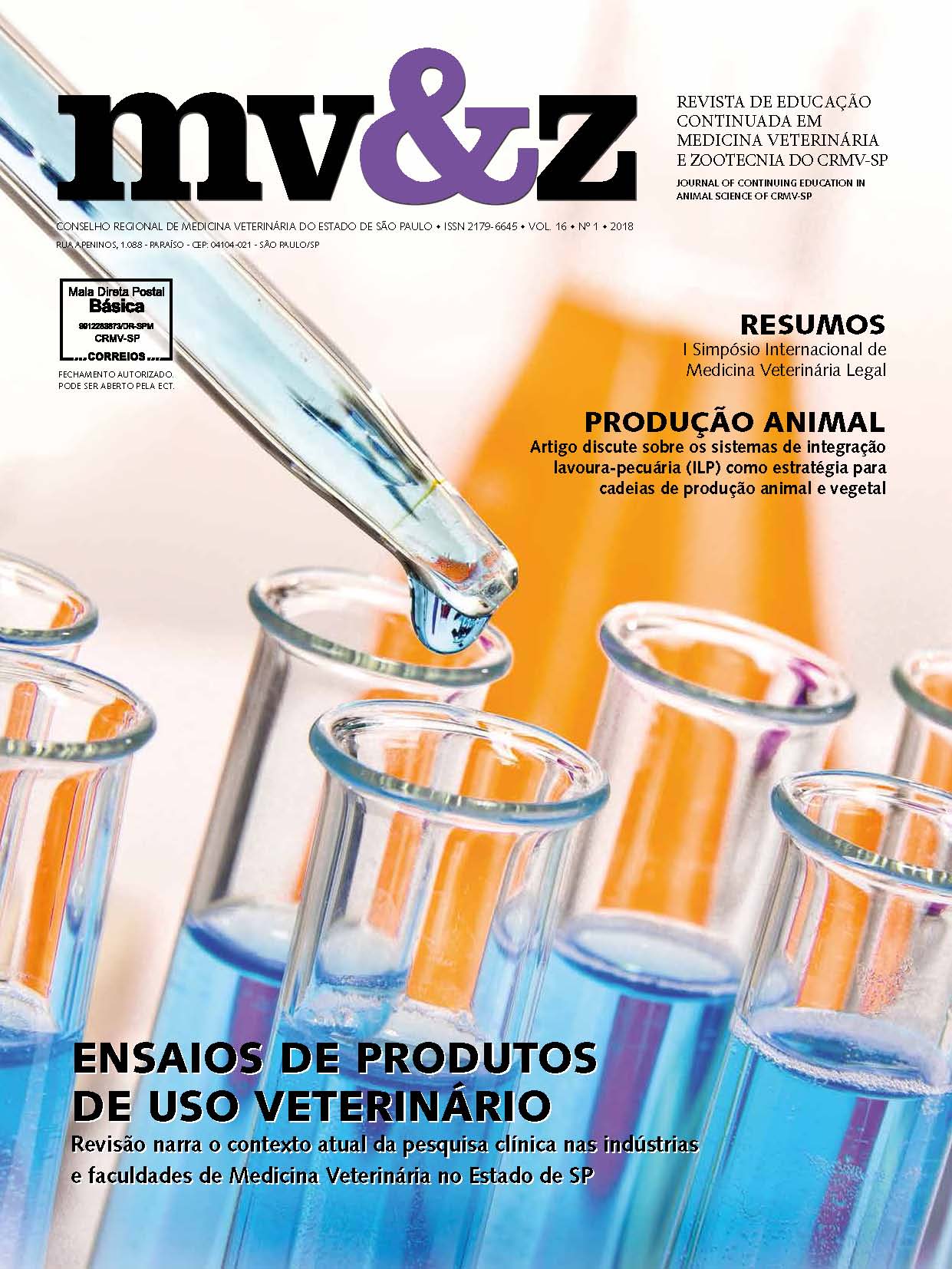J. E. H. Monteiro
Universidade Estadual Paulista, Faculdade de Ciências Agrárias e Veterinárias, Jaboticabal, SP
A. Matsui
Universidade Estadual Paulista, Faculdade de Ciências Agrárias e Veterinárias, Jaboticabal, SP
M. C. Luzzi
Universidade Estadual Paulista, Faculdade de Ciências Agrárias e Veterinárias, Jaboticabal, SP
R. O. Vasconcelos
Universidade Estadual Paulista, Faculdade de Ciências Agrárias e Veterinárias, Jaboticabal, SP
Resumo
Legal veterinary medicine or forensic veterinary medicine is a specialty recognized by resolution nº 756/2003 of Veterinary Medicine Federal Council, which deals with the application of veterinary medicine knowledge for the purposes of law and justice (ARNS; REIS, 2011). This resolution is not recent, and it has been established in the Brazilian constitution since 1933, describing that in judicial issues involving animals as an exclusive veterinarian function (SABES; GIRARDI; VASCONCELOS, 2016). However, there are few veterinarians working in this field, leaving space to other professionals and leading to a lack of scientific material production (REGO, 2003; MERCK, 2007). Forensic traumatology is the branch of legal medicine that studies the injuries caused by materials or moral nature, harmful to the body, physical or mental health (CROCE; CROCE JÚNIOR, 1998). The lesions are divided into mechanical, physical, chemical, physicochemical and biodynamic energies (DEL CAMPO, 2009). The mechanical action energies act on the body and modify its state of rest or movement, resulting in injury. They can act in different ways according to the agents who carry them. The lesions can be produced by the action of the instrument on the body, by the action of the body on the instrument or by a combination of then, when one acts on the other (DEL CAMPO, 2009). The instruments that cause the lesions, according to the contact surface, the mode of action and the characteristics of the lesions generated are classified as: simple action (perforating or puncturing, sharp and forceful) and composite action (piercing, piercing and punctuating) (DEL CAMPO, 2009). Lesions generated by perforating mechanical energies result in a linear path continuity solution with an exit orifice of smaller diameter than the input. Cutting instruments cause incised lesions that have greater depth at the original point, smooth and regular margins. Blunt instruments can generate different types of injuries: ecchymosis and hematoma, excoriation, brain concussion and contusion, bone contusion, bone fractures, dislocations and sprains. Sharpening instruments cause puncture incisional lesions are deeper than wide, the shape and the course of the lesion allow to define which instrument was used. These instruments generate puncture-related injuries, such as those generated by firearm projectiles. Shortterm injuries are called short-cuts and act by pressure exerted on a line and are influenced by the weight action of the instrument used or by the force of the person who manipulated it (SABES; GIRARDI; VASCONCELOS, 2016).
